RTE’s Early Publications Freely Available on Internet Archive – Explore the history of the movement!
In 1986, Joanna Campe began to publish a newsletter originally titled Soil Remineralization, A Network Newsletter. The publication reached a global community of soil remineralization advocates, united by a common mission to return the Earth to its Eden-like conditions. What began as a newsletter later evolved into a magazine – Remineralize the Earth – with 80 pages per issue and a readership of about 2,500. Today, 20 of RTE’s early publications, newsletters and magazines, are preserved as high-resolution scans freely accessible on the Internet Archive.
Since the first newsletter in the 1980s, throughout the magazine’s circulation in the late 1990s, the remineralization agenda remained steadfast: Create abundance in an era of diminishing resources by returning to nature’s way of regenerating soils. Remineralization mimics the natural process of rock weathering, which typically takes thousands of years: using the technique known in the scientific community as enhanced rock weathering, rocks are ground into fine rock powders, which are added to the soils instead of conventional Nitrogen-Phosphorus-Potassium (NPK) fertilizers.
While enhanced rock weathering is widely researched today, early advocates of remineralization promoted the use of finely ground glacial gravel as the best material for rock dust application. A rock dust primer – a comprehensive guide to selecting and applying rock dust to impoverished soils – were often included in these newsletters.
break
Creating a global network of activists and advocates
This sustainable, regenerative approach is a common goal linking a diverse, international network of individuals. According to the mission statement, Remineralize the Earth magazine was “a reflection, forum, round table of ideas, experiences and research of those concerned with networking and implementing soil remineralization.”
The purpose of the newsletter and subsequent magazine was to facilitate networking and the flow of information to promote remineralization as advocated by John Hamaker and Don Weaver. In their book The Survival of Civilization, Hamaker and Weaver discuss how remineralization techniques may be used to effectively regenerate and fertilize Earth’s soils. Considered a “blueprint” for restoring ecological balance, this book both made the case that warming trends were leading to a catastrophic reversal causing an Ice Age, while promoting remineralization as a solution urgently needed to stabilize the climate.
Whether the looming climate catastrophe is an Ice Age or uncontrolled warming, RTE’s position has shifted over time, though whatever the future holds, remineralization is a key strategy to stabilize the climate.
Contributing authors produced a variety of articles, written with the intent to inform and inspire readers. Many articles covered the early remineralization research being carried out in Germany, Austria and Switzerland. Other articles featured anecdotal results from farmers and gardeners, lauding the regenerative effects of remineralization. These early results and studies occurred across the globe, featuring the application of rock dust and sea minerals in Costa Rica, El Salvador, Spain, India, Scotland, Canada, and the U.S., among other places.
break
Prominent soil remineralization research efforts
Notable research initiatives on early soil remineralization techniques were prominently on display at the USDA Research Center in Beltsville, MD. In May 1994, the USDA held its first-ever research symposium on soil remineralization and sustainable agriculture practices. The event – A Forum On Soil Remineralization and Sustainable Agriculture – involved leading activists and pioneers who presented papers on groundbreaking research worldwide.
In a three-year program designed to answer major questions about the effectiveness of soil remineralization, rock powder field tests began in 1994 at the USDA Beltsville Research Center. These field demonstrations used rock fines from Georgia, Maryland, and New York, as well as other industrial byproducts. Researchers were primarily interested in measuring biomass from corn and wheat yields. The demonstration plots were monitored by lead researcher Dr. Ron Korak, and data were collected for the purpose of documenting advantages of rock and gravel dust, as well as how it can best be handled in spread.
This three-year study and the people involved in the overall success of the initiative were reported in the 1994, 1995, and 1996 newsletter issues.
In 1996, just after the USDA field tests, RTE received grant money for a two-year research project at the University of Massachusetts, Hampshire College, Smith Vocational High School, and six farmers – three conventional farmers and three organic farmers.
break
Authors dutifully featured growing climate concerns
Many of the newsletters and magazine articles were meant to shed light on growing – and conflicting – climate concerns, specifically the short-term and long-term outcomes of the “greenhouse effect” afflicting local and global communities. Based on the early (though somewhat limited) research into global warming, these newsletters provided readers scientific information regarding CO2 reduction techniques.
At the time of publication of the original magazine issues, scientists were grappling with the conundrum of an overall pattern of warming temperatures, intermixed with periods of destructive, record cold. Contributing authors highlighted how the greenhouse effect – which is well-researched and well-understood today – was contributing to an alarming climate trend of rising temperatures.
Many researchers, including John Hamaker, were particularly concerned with scientific findings that seemed to suggest an impending Ice Age. In a 1991 newsletter article titled Fire and Ice, Greg Watson posed the question: “Will greenhouse warming lead to Northern Hemisphere ice sheet growth?” The conflicting evidence centered on the reality of melting polar ice caps; the geologic record stored in Arctic ice cores suggested that prior ice ages occurred when the Earth was at a comparable average temperature range. The “Full Climate Cycle” theory offered a holistic representation of the Earth’s climate system to link greenhouse gasses, CO2, and eventual glacial advances.
While the climate science was in many ways polarized between the two camps – Global Warming or Ice Age? – the general consensus was that the greenhouse effect was expressing itself more and more each year. In order to slow the effects and stabilize the climate, CO2 needed to be drastically reduced to halt destructive climate extremes.
This continues to be tragically true today.
break
Highlighting community engagement and outreach
In the September 1991 issue, North Carolina State University professor Robert Bruck was featured in the New York Times as the leading expert on acid rain in Europe and was a resident expert for the health of the forest on Mount Mitchell in North Carolina. Trees were overwhelmingly dying due to acid rain, due to exhaust fumes from power plants and cars. Acid-soaked mist would migrate into the soil, causing forest die-off.
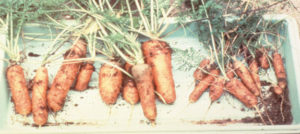
Anecdotal result: Permaculture pioneer Dan Hemmingway threw some rock dust onto his carrots and forgot about it until early autumn, when he saw that the carrots with rock dust had four times as much growth as those without.
To combat this, Bruck and a team of youth volunteers from the EarthDance Institute began using mineral-rich rock dust on 500 trees around the mountain peaks with the goal of restoring the nutrients that were lost in the soil and reviving the trees. The results showed a 20% to 25% increase in biomass and healthy seedlings in the remineralized tract.
EarthDance was a prominent youth organization that aimed to empower kids to engage with the environment and to conduct remineralization experiments. “There is a serious disease in young people: hopelessness,” said Bruck in an interview. “We need a drastic change of heart even more than a change of mind, for we know what our situation is already, and we have plenty of terrifying information about it. What we need now is courage, inspiration, and hope.” EarthDance, and organizations like it, showed kids that the tenets of change start with them.
Later newsletters continued to feature EarthDance and the remineralization projects they conducted, showcasing remineralization as an effective and sustainable technique to drawdown and capture CO2 and other greenhouse gasses from the atmosphere.
break
Engaging the global readership
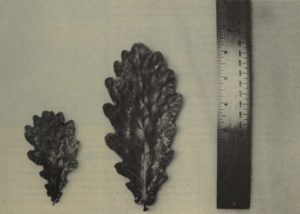
Anecdotal results for oak tree growth sent in by a reader; left: no treatment, right: treated with rock dust
To reach and encourage the emerging grass-roots community network around the world, articles, letters, and photos were a welcome – and frequent – feature. Each newsletter and magazine closed with a section of letters from the community – Letters and Forum – publishing readers’ experiences, ideas, and thoughts pertaining to remineralization. Communication within and throughout the network was worldwide: letters from readers in Nigeria; volunteers from the Peace Corps in Panama and Guatemala; farmers in Turkey, the Philippines, and South India. Readers and network contributors were encouraged to respond to articles, expressing their opinions on published work, offer advice, and engage in an ongoing conversation.
These letters were a critical component of the remineralization newsletter roundtable, contributing to a globally integrated, close-knit community.
break
Remineralization is – and has been – the “solution right under our feet”
Many of the issues and sentiments expressed in the newsletters and magazine articles continue to hold true today. The climate crisis is a rapidly growing issue that demands our attention both locally and globally. Much more than the researchers and scientists of the 1980s and 1990s, we now have a robust understanding of the core issues and the necessary steps that need to be taken to alleviate the strain on the environment. While the science has changed, one solution remains the same, and that is the solution right under our feet: soil remineralization.
The newsletters available on archive.org document the history and evolution of the remineralization movement, capturing the enthusiasm of the early advocates. The archived newsletters offer inspiring insight into the development of a strong, interconnected network that continues to grow today.
.break
Meghan Willcoxon is currently a doctoral student studying cognitive science at Brown University. She was a winner of the Hyundai Visionary Challenge for 2018-2019. She is a quantitative researcher for the Brown University Virtual Environment Navigation Lab.
Support us on Patreon
Thank you for joining us today! Please become a member of RTE and support us on Patreon. Unlike many larger organizations, we work with a team of determined and passionate volunteers to get our message out. We aim to continue to increase the awareness of remineralization to initiate projects across the globe that remineralize soils, grow nutrient dense food, regenerate our forests’ and stabilize the climate – with your help! If you can, please support us on a monthly basis from just $2, rest assured that you are making a big impact every single month in support of our mission. Thank you!

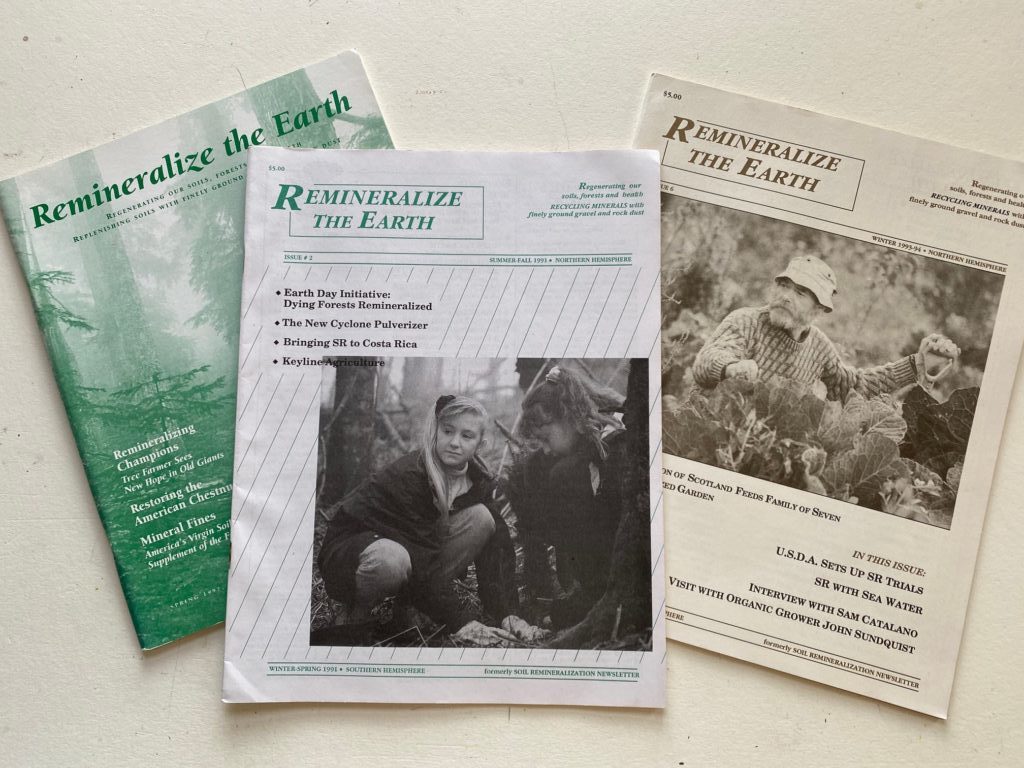
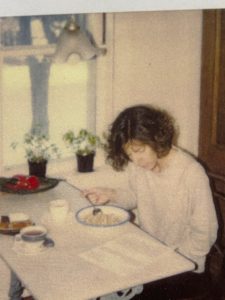
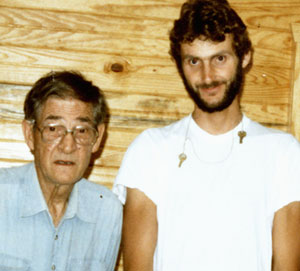
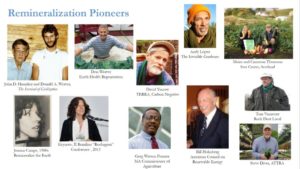
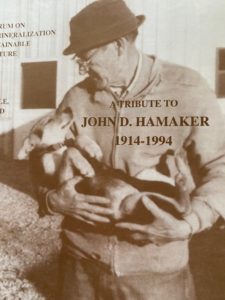






Got something to say?